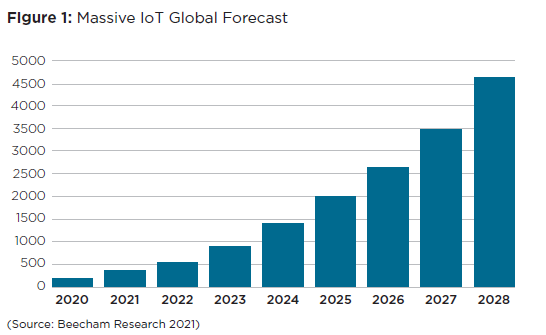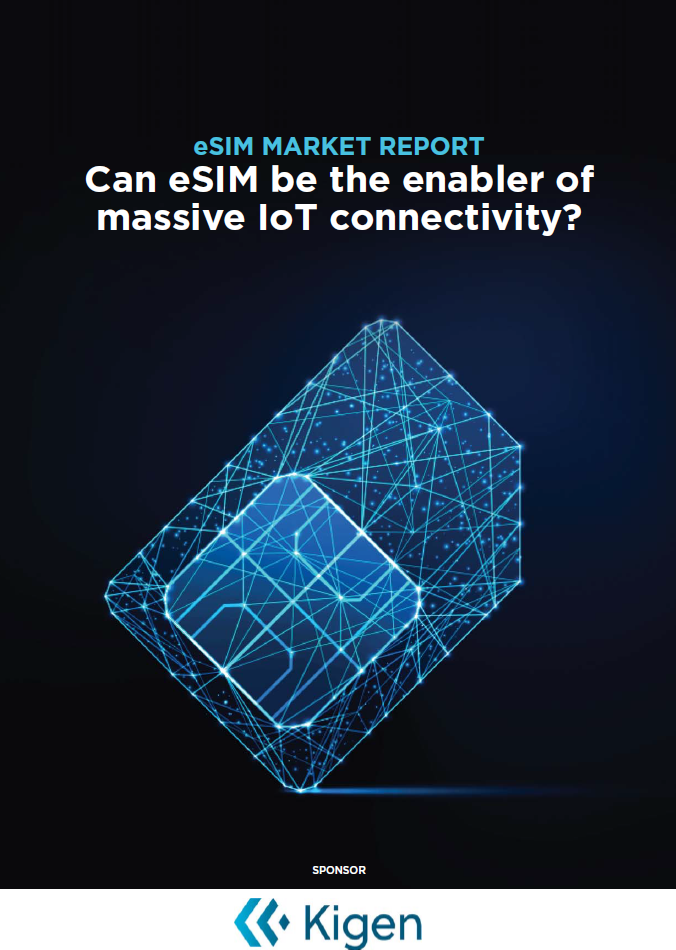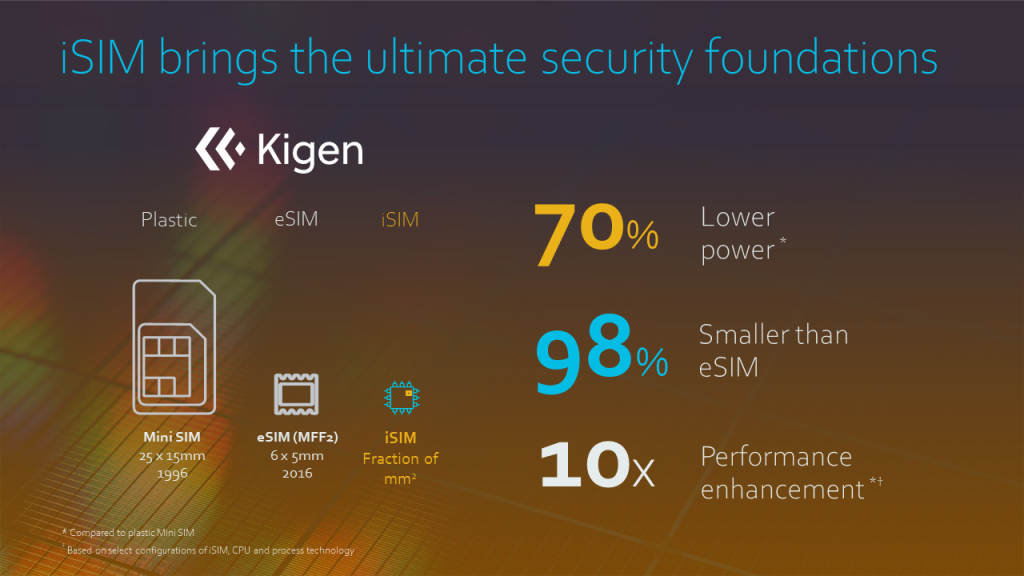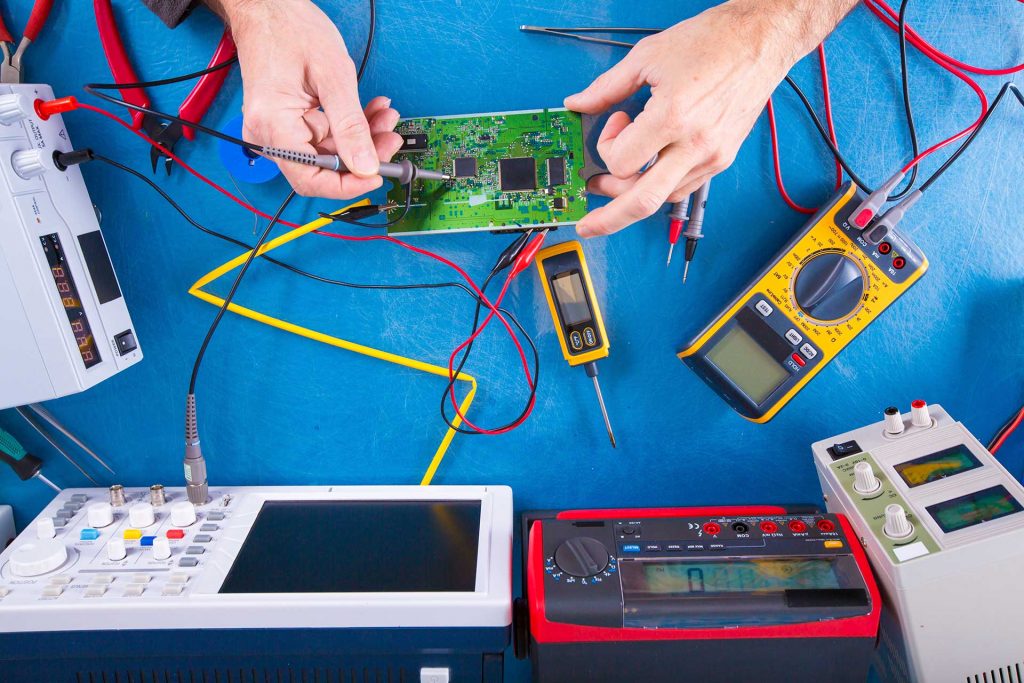- Resources
- Case Study
- Reports
At Kigen, we are proud to have been involved in this insightful report.
What’s inside?
The timely report covers:
- A massive IoT global forecast
- Vital questions about the scale, cost and security of massive IoT
- How eSIM and iSIM will drive low-cost IoT device growth
- How an integrated SIM solution increases performance and reduces power usage
- The technology ecosystem and the links between 5G, IoT, and the cloud
- Comparing Plastic SIM vs eSIM with iSIM
- What is IoT SAFE?



Can SIM be the enabler of massive IoT connectivity?
By 2025, GSMA Intelligence forecasts the total number of IoT connections will grow to 25.2 billion. By the mid-2020s, cellular IoT connections are expected to number more than 60% of mobile handset subscriptions and growing faster.
The largest proportion of these IoT connections are expected to be low-cost devices that are small, have limited processing power and storage, are battery driven and expected to run for 10 or more years.
These devices must remain connected to deliver sensor data and act upon commands from remote locations, and they must do this securely. Secure identities are required to identify these devices and their data, as well as protect them from misuse by remote attacks.
Is eSIM the solution? Download your copy today!
Ericsson projects 5.2 billion cellular IoT connections also by 2025. This means that, by the mid-2020s, cellular IoT connections are expected to number more than 60% of mobile handset subscriptions and growing faster.
Ericsson







